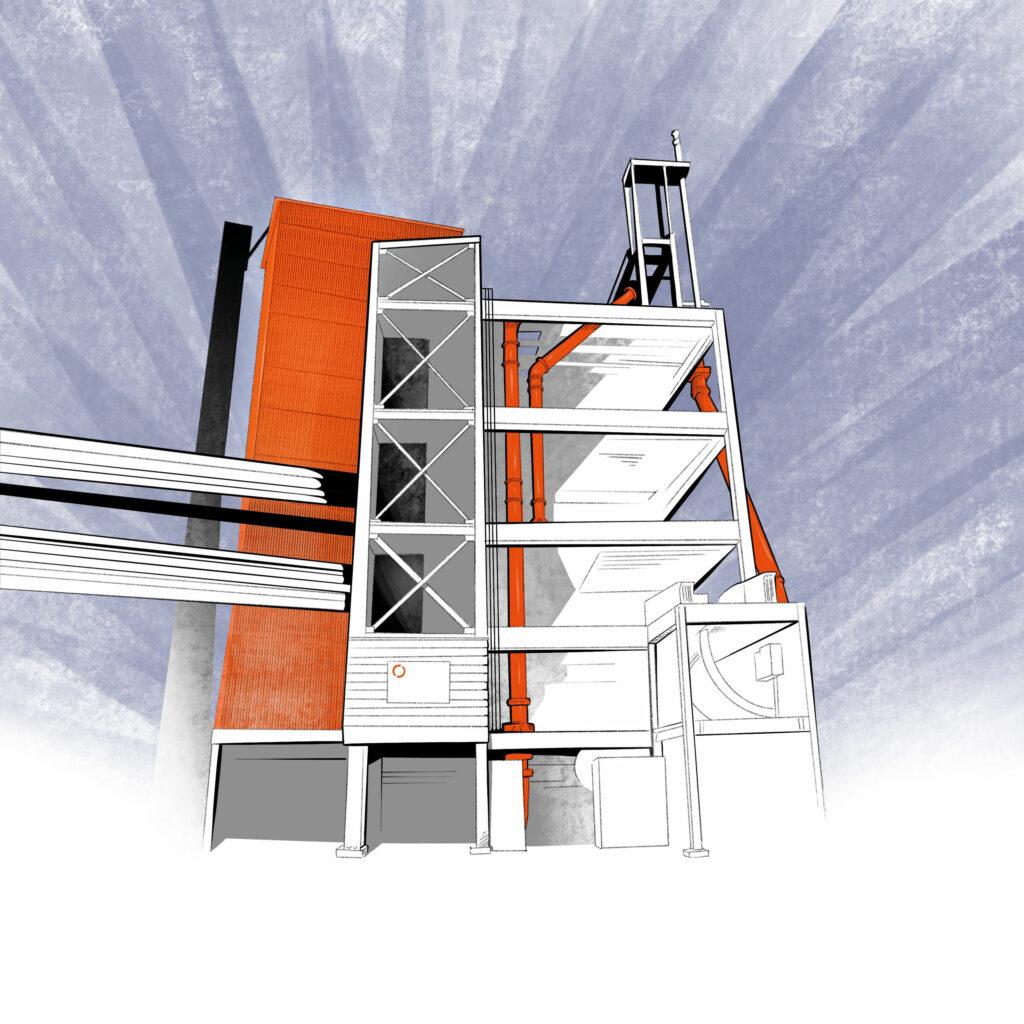Few artificial intelligence solutions have stood in the limelight quite like ChatGPT by developer OpenAI. Entire industries are fearing the disruption the technology may bring. Others look forward to a world in which many arduous, time-consuming processes will be automated or directed to the AI for execution. But how much does ChatGPT know about the metals business? Does it have the insight required to support steel producers in achieving long-term sustainability? We asked the AI to discuss the ten most important factors for producers wanting to become greener.
“What are the ten most important principles that steel producers need to consider in order to achieve long-term sustainability?”—This is the question we put to ChatGPT, arguably the most celebrated, feared, and admired AI tool of recent times. The answers are interesting for two reasons. First, the ideas brought forward by the chatbot do make sense. Readers of Metals Magazine will find that some of the ten points will seem more obvious than others. Energy efficiency, for instance, is an unquestionable success factor for producers to consider, while human capital may easily be overlooked in some of its dimensions. The way the AI discusses decentralized production is somewhat one-sided, as the strategy of distributing distinct production steps according to economic and political conditions in different regions is strikingly absent in ChatGPT’s summary.
But overall, the AI does not include any topics that would appear outlandish or misplaced. Second, the answers provided by ChatGPT—which we have edited only slightly for clarity and brevity—allow readers to develop a perspective on the strengths and weaknesses of the current capabilities of the AI. At the time of this writing, ChatGPT exhibited a recognizable style—for example, we found that it often concluded its answers with a summary that was largely redundant (and therefore cut from in the AI’s points found on the following pages). The lack of information on what sources the AI was using was another issue that soon became glaringly obvious (we did fact-check the bot’s results). Still, our take-away is this: ChatGPT is remarkable technology and reads surprisingly knowledgeable about sustainable steel production. So now we ask you: do you share our view?

Energy-recovery solutions and production routes that use less energy are another principle toward sustainability.
INNOVATIVE TECHNOLOGIES
“To remain relevant in a rapidly changing world, steel producers must embrace innovative technologies that allow them to produce high-quality steel products while minimizing their environmental impact. One innovative technology that has gained popularity in recent years is electric arc furnace (EAF) steelmaking. EAF steelmaking uses scrap metal as the primary raw material instead of iron ore, reducing the carbon footprint of the steel production process. Steel producers who invest in EAF technology are not only reducing their environmental impact but also gaining a competitive advantage over traditional blast furnace steelmakers. Another innovative technology that has the potential to transform the steel industry is hydrogen-based steel production. This technology uses hydrogen instead of coal or coke as a reducing agent, eliminating the carbon emissions associated with traditional steel production methods. The use of hydrogen also creates water as a by-product, which can be recycled in the production process. While hydrogen-based steel production is still in the early stages of development, several steel producers have already announced plans to invest in this technology in the coming years. Steel producers can also look to innovative technologies outside of the production process itself. For example, artificial intelligence (AI) and machine learning can be used to optimize production processes, reducing waste, and lowering energy consumption.
The benefits of embracing innovative technologies are numerous. First and foremost, investing in innovative technologies can help steel producers reduce their environmental impact and increase their sustainability. This is becoming increasingly important to customers, investors, and governments alike. Second, embracing innovative technologies can help steel producers stay ahead of the competition. By using new technologies to create products that are more environmentally friendly, more efficient, and of higher quality, steel producers can differentiate themselves from their competitors and attract new customers. Finally, embracing innovative technologies can also help steel producers reduce costs and increase profitability. And by producing steel products that are more environmentally friendly, steel producers can take advantage of government incentives and regulations that reward sustainable practices.”
Reference: Primetals
GOING GREEN: WHAT DOES AN AI KNOW?